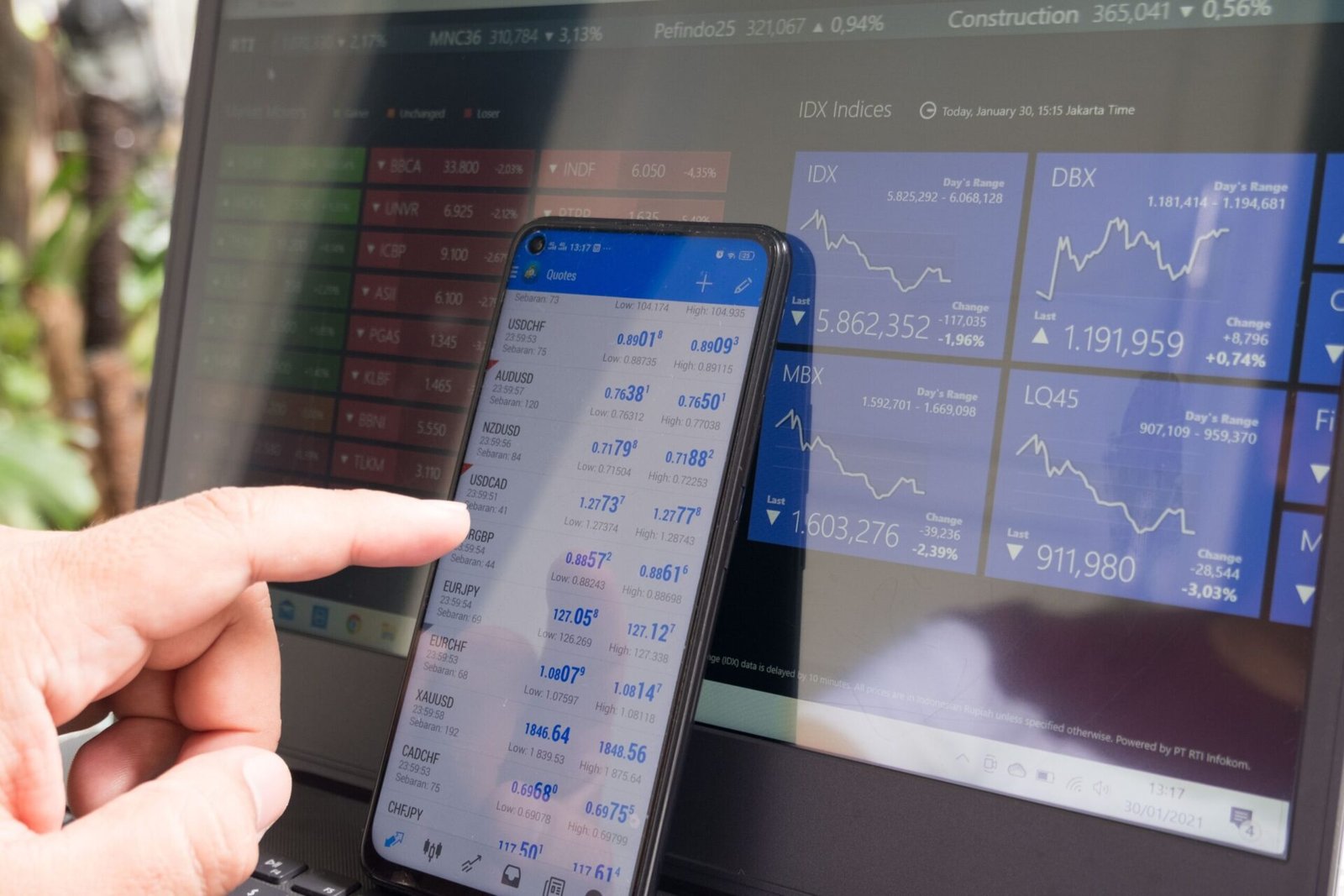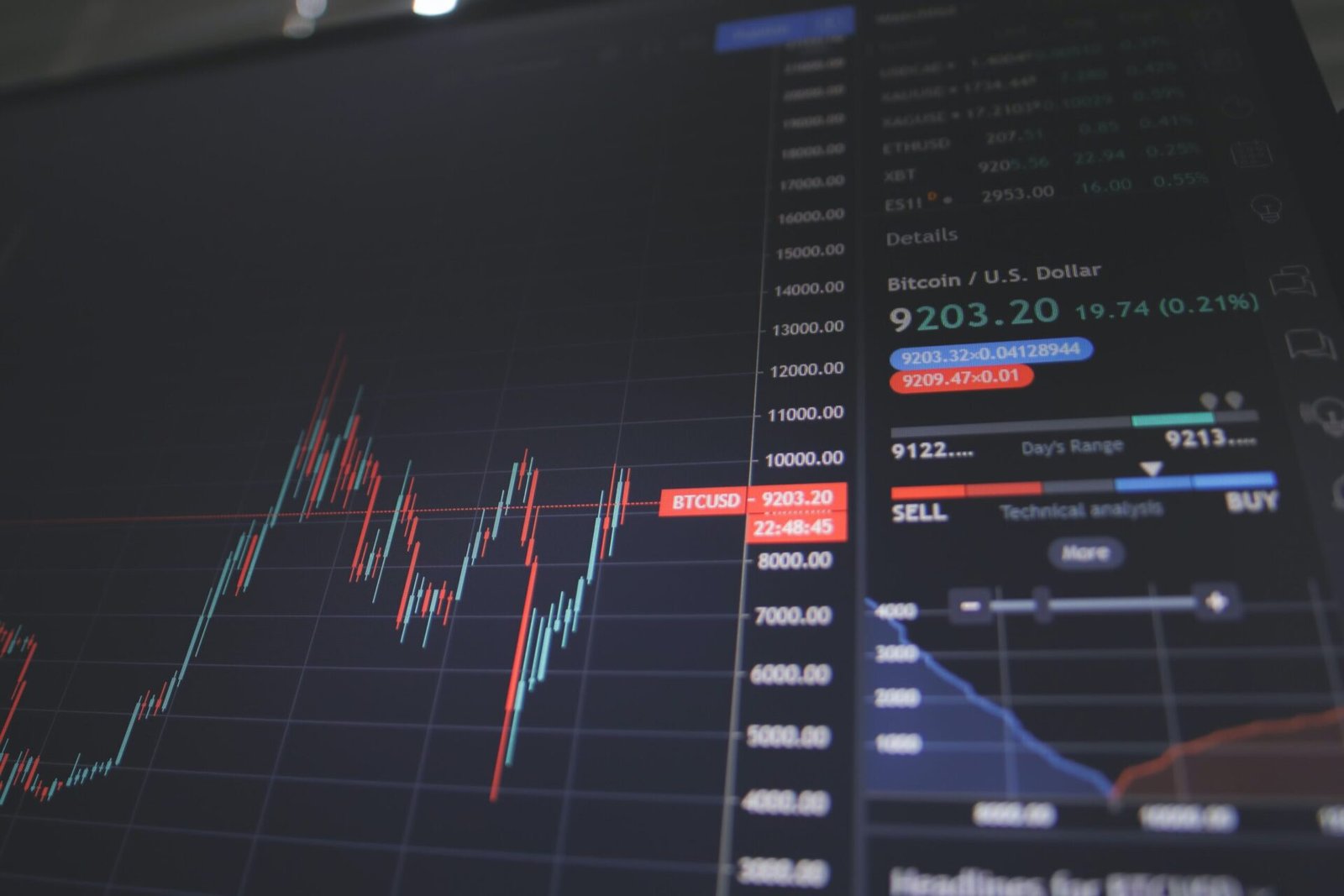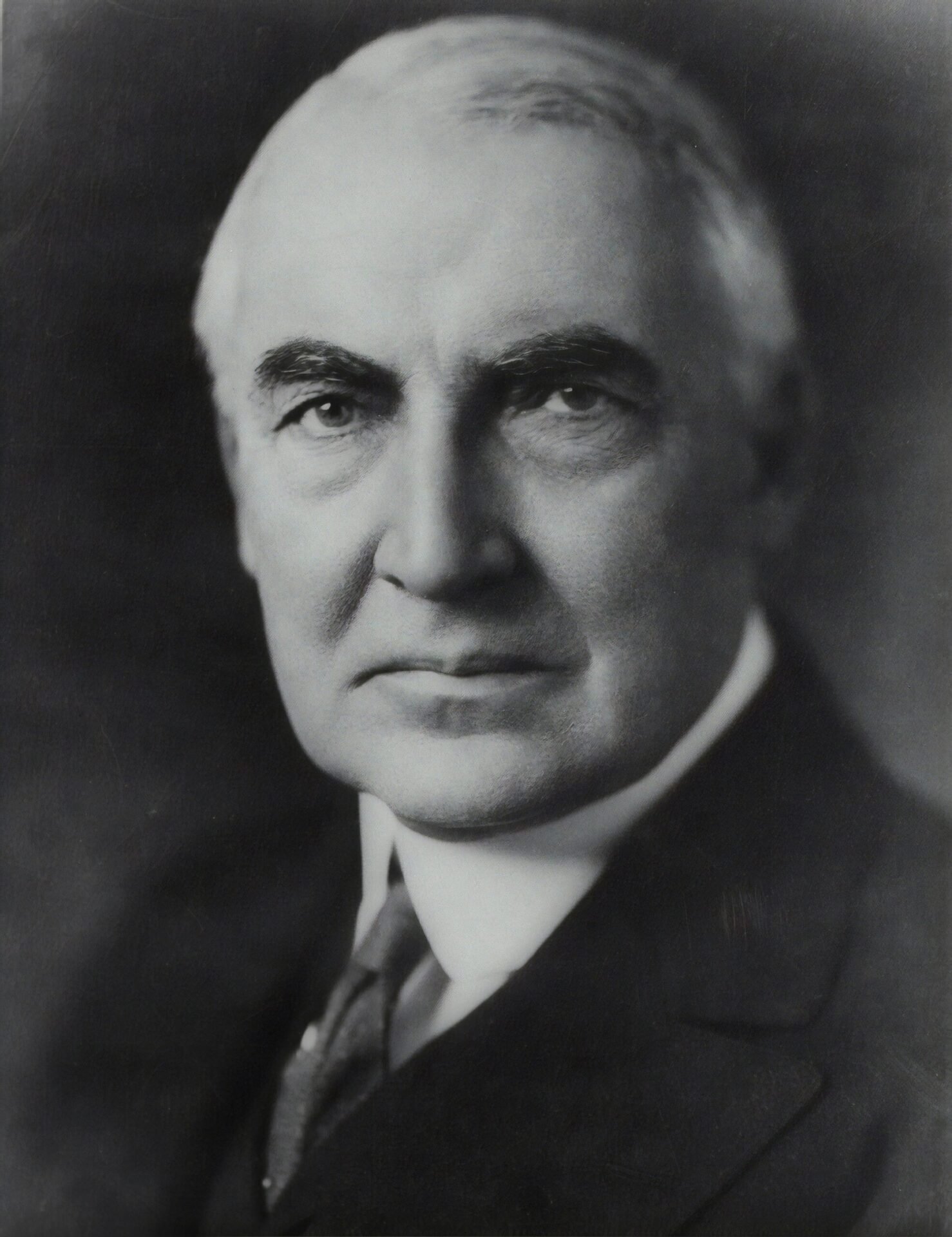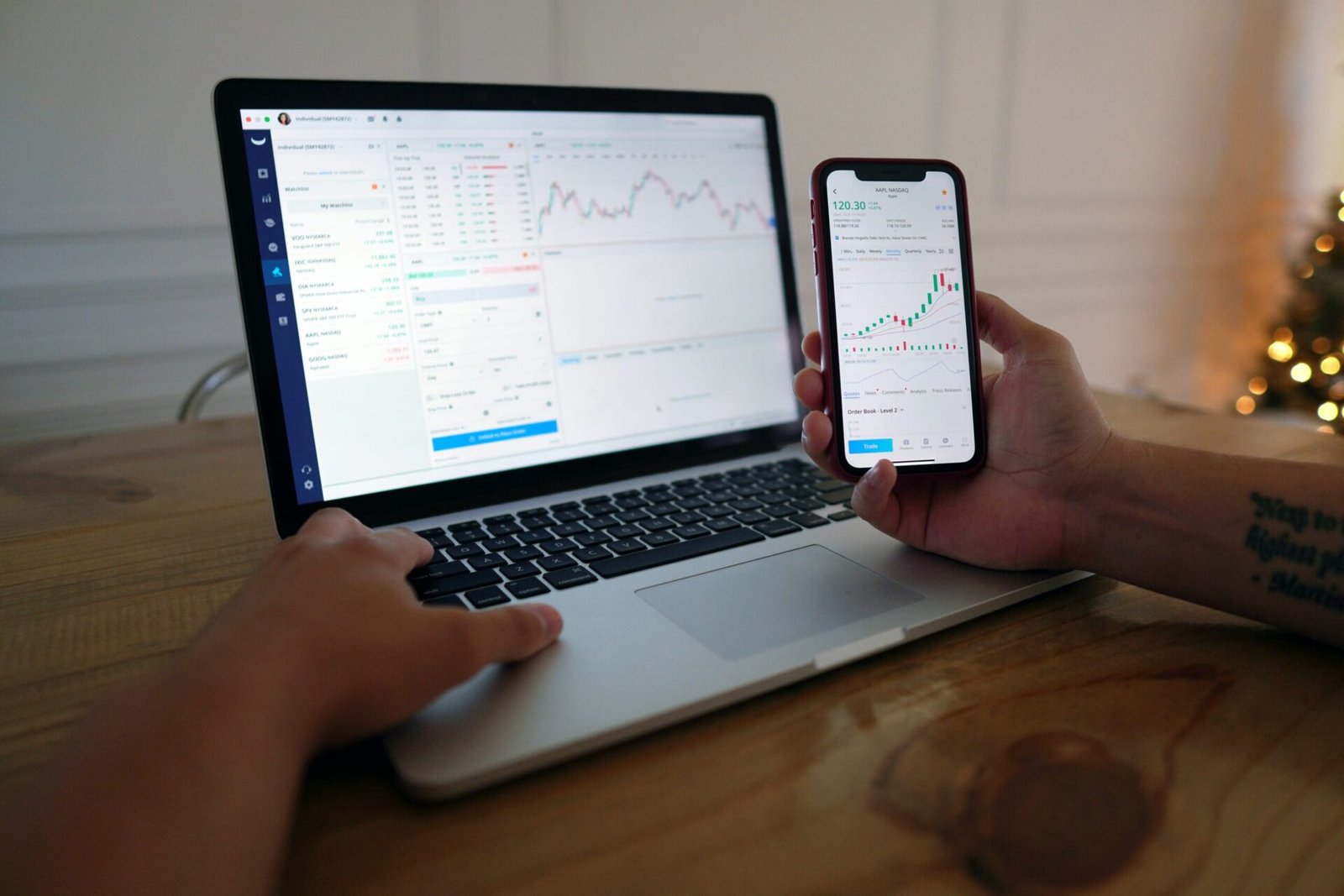Introduction
The stock exchange is a pivotal institution in the world of finance, facilitating the buying and selling of securities between investors. Throughout history, the stock exchange has undergone significant changes, adapting to advancements in technology, regulatory reforms, and global economic shifts. In this article, we will explore the evolution of the stock exchange and the main ways it has changed over the years, as well as the profound effects these changes have had on the financial landscape.
The Birth of Stock Exchanges
The concept of stock exchanges traces back to the 16th century, when merchants and traders gathered in coffee houses and marketplaces to buy and sell shares of companies. The earliest recorded stock exchange was established in Antwerp, Belgium, in 1460. However, it was the formation of the Amsterdam Stock Exchange in 1602 that set the stage for the development of modern stock exchanges.
During the 17th and 18th centuries, stock exchanges emerged in various European cities, such as London, Paris, and Frankfurt. These exchanges were primarily driven by the need for capital to finance overseas trade and colonization. The trading of stocks and bonds became increasingly formalized, with rules and regulations governing transactions.
The Rise of Electronic Trading
The 20th century witnessed a fundamental transformation in the way stock exchanges operated, thanks to advancements in technology. The introduction of telegraphy and telephone systems enabled faster communication, reducing the time required to execute trades. However, it was the advent of electronic trading systems in the 1970s that revolutionized the stock market.
The Nasdaq, the world’s first electronic stock market, was launched in 1971. It introduced computerized trading, allowing investors to trade securities electronically. This innovation paved the way for the automation of stock exchanges worldwide. Electronic trading systems, such as the New York Stock Exchange’s (NYSE) SuperDOT and the London Stock Exchange’s SETS, replaced the traditional open outcry system, making trading more efficient and accessible.
Globalization and Interconnectivity
The late 20th and early 21st centuries witnessed a significant increase in globalization and interconnectivity, leading to the integration of stock exchanges worldwide. The emergence of electronic communication networks (ECNs) and the internet enabled investors to trade on multiple exchanges simultaneously, breaking down geographical barriers.
Furthermore, the development of cross-listings and depository receipts allowed companies to list their shares on multiple stock exchanges, providing investors with greater access to international markets. This globalization of stock exchanges has led to increased liquidity, improved price discovery, and enhanced market efficiency.
Regulatory Reforms and Investor Protection
Over the years, stock exchanges have undergone regulatory reforms aimed at enhancing transparency, fairness, and investor protection. Following the global financial crisis of 2008, regulators implemented stricter regulations to prevent market manipulation and ensure the stability of financial markets.
Increased disclosure requirements, improved surveillance systems, and the introduction of circuit breakers are some of the measures implemented to safeguard investors’ interests. Additionally, the establishment of independent regulatory bodies, such as the Securities and Exchange Commission (SEC) in the United States, has played a crucial role in maintaining market integrity.
Impact of Changes
The changes in the stock exchange have had a profound effect on the financial landscape. The automation of trading systems has significantly increased the speed and efficiency of transactions, enabling investors to execute trades in milliseconds. This has led to higher trading volumes and increased market liquidity.
Globalization has opened up new investment opportunities for individuals and institutions, allowing them to diversify their portfolios across different markets and asset classes. It has also facilitated the flow of capital between countries, stimulating economic growth and development.
Regulatory reforms have instilled greater confidence in the stock market, reassuring investors that their interests are protected. The implementation of robust surveillance systems and stricter regulations has helped detect and prevent fraudulent activities, ensuring a level playing field for all market participants.
Conclusion
The stock exchange has evolved significantly over the years, adapting to technological advancements, regulatory reforms, and the forces of globalization. From its humble beginnings in coffee houses to the global electronic trading platforms of today, the stock exchange continues to play a crucial role in the global economy. As we move forward, it is essential for stock exchanges to embrace innovation and adapt to changing market dynamics, ensuring the continued growth and stability of the financial markets.






Be First to Comment